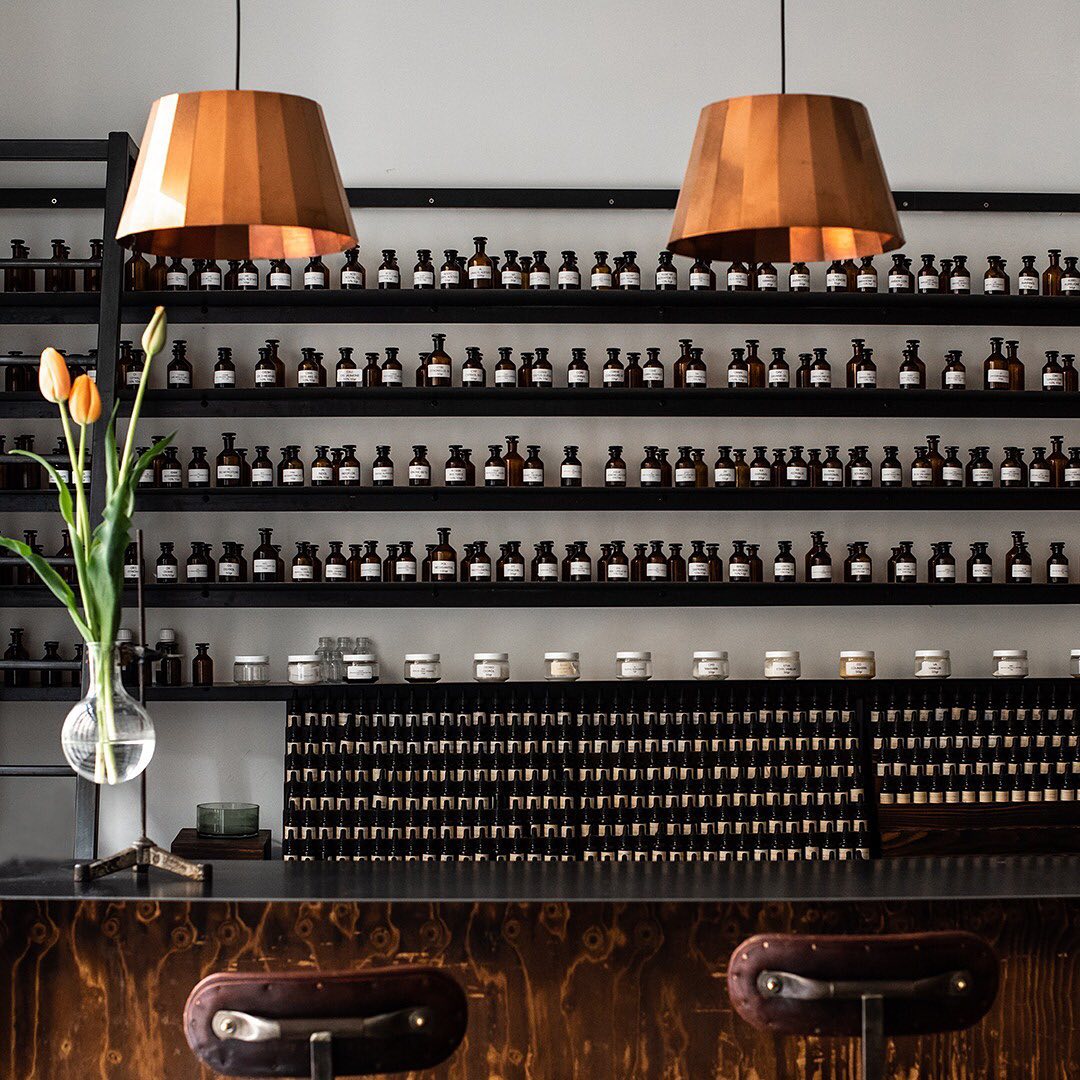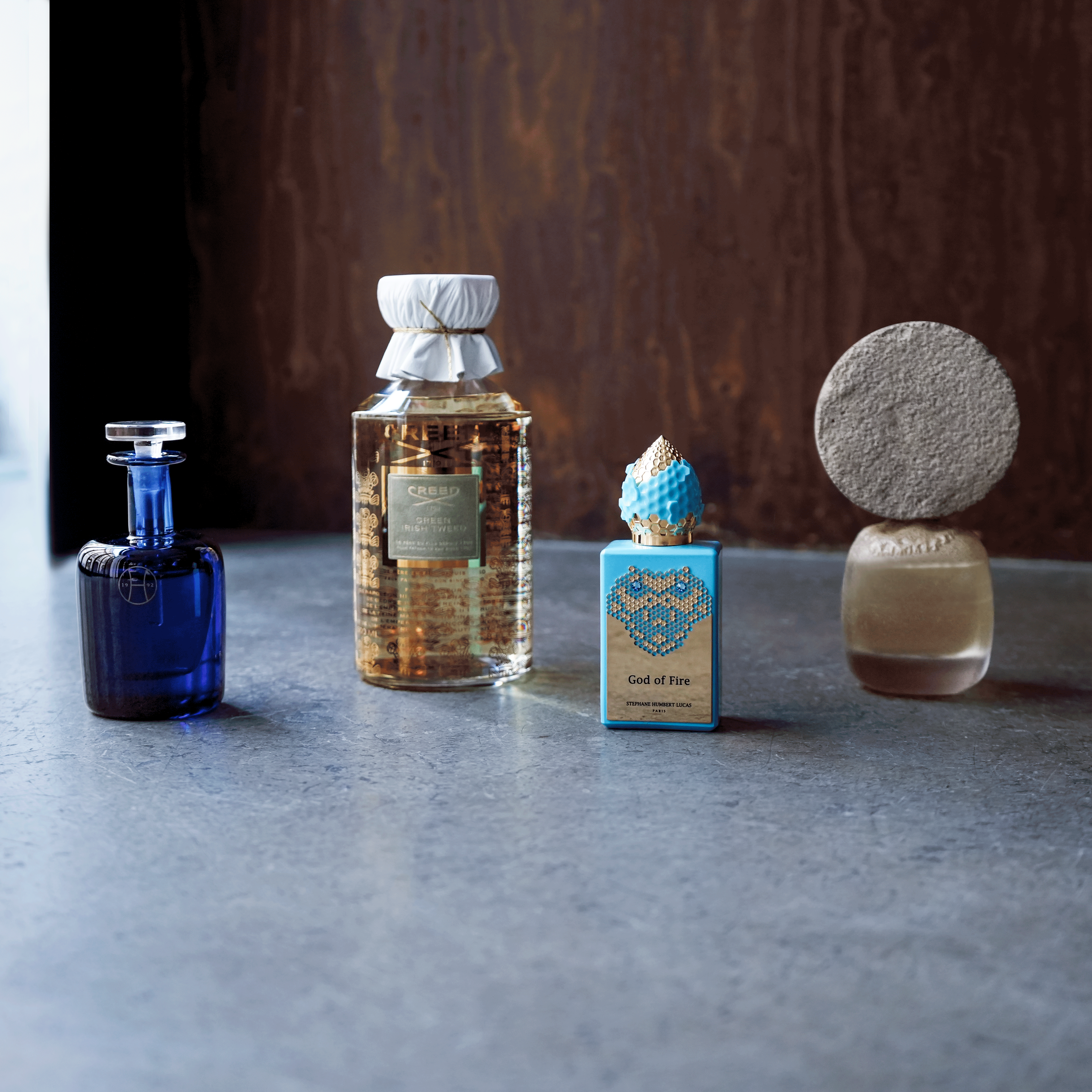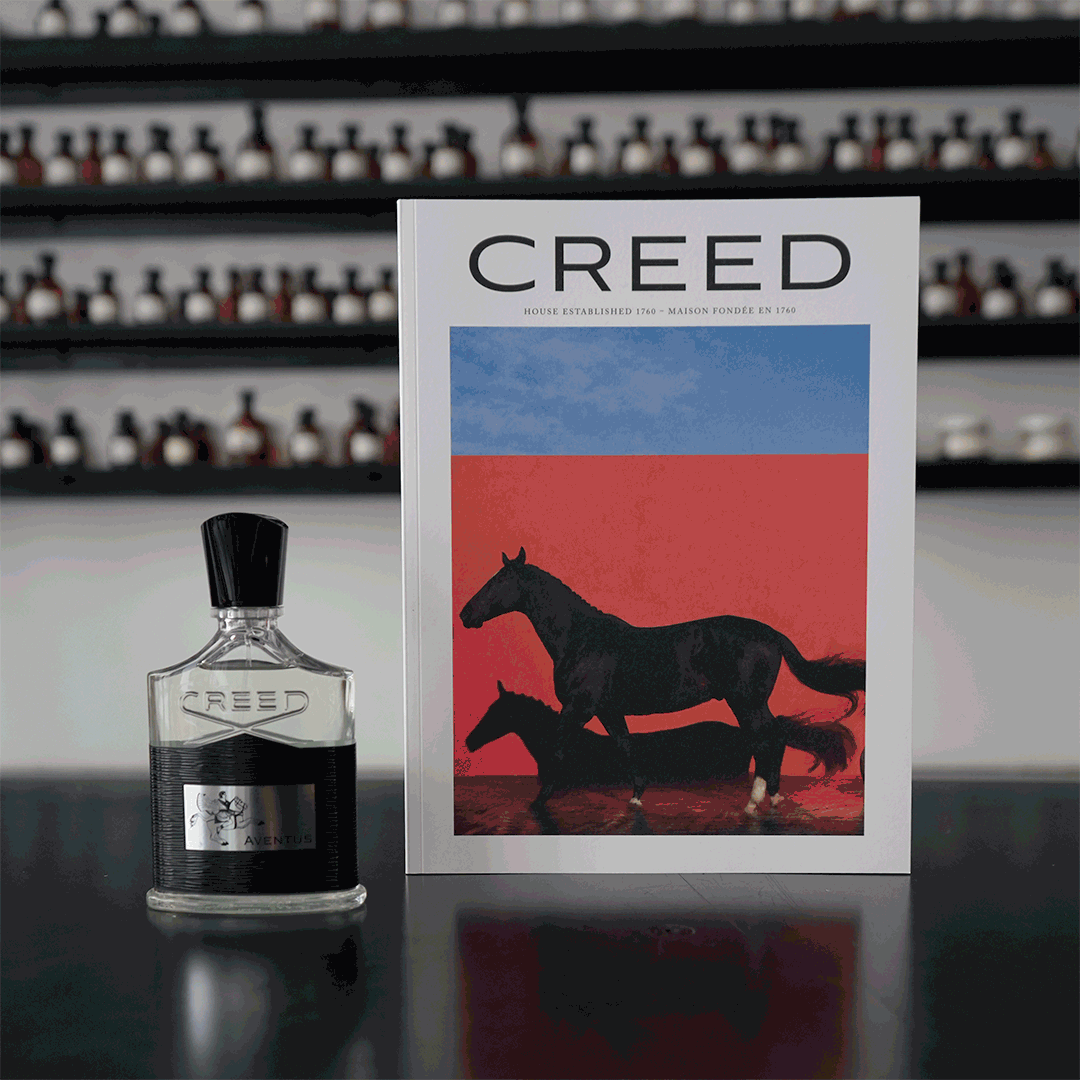
the largest multi-brand beauty store in France
+800 fragrances from +80 brands including :
recommended in more +60 city guide
You have a question? Please consult the Frequent Asqued Questions (FAQ).
If you don't find your answer, please contact us:
by email: info@noseparis.com
by phone: +33 1 86 47 72 76
Nose ship perfume by international airfreight and by La Poste for the services Colissimo Expert and Chronopost Classic to more than 75 countries.
To know more, please consult the Frequent Asked Questions (FAQ)
To know more about returns and refunds, please consult Terms and Conditions of Sales, section 6 Right to and period of withdrawal.
아시아 지역에서는 겨울이 다가오면서 다도로 조상에게 몇 가지를 바칩니다.
In South Korea, this traditional ceremony called darye (다례), stands out for its simplicity. Because of the limited number of tools that are used during this ritual, this ceremony is defined "without doors", since it’s accessible to all social classes. The instruments are five: the tagwan cast iron kettle, the wooden tea spoon samu sujeo, the teapot used to brew the dagwan tea and the cup in which the tea is consumed, dabae. The size of the cup varies according to the season: in summer, it is bigger (to cool the content faster), while in winter it is narrower and tall, to keep the heat. An intermediate step is then added in the hot season, where the tea is transferred to a bowl (sukoo), before being poured into the cup.
원래 산에 거주하는 불교 승려들이 명상과 평온의 상태에 도달하기 위해 수행했던 다도는 우주와 화해하고 영원으로 향하게 합니다. 스님 초 오이 (18 세기)가 이 의식을 잘 설명하고 있습니다.
"험준한 계곡에서 샘물이 울부짖는다.
바람이 불면 소나무가 메아리친다.
나는 차 한 잔을 마시고 자연이 흐르는 것과 고요함을 본다.
조용하고 자연스럽게 시간을 잊고 만다..”
일본 교토에서 잘 알려진 다도, 우라센케 (Urasenke)는 조화, 존중, 순결 및 평온이라는 네 가지 기본 원칙을 강조합니다. 따라서 약 다다미 4 개 반 정도의 작은 초가집에 네모 난 문이 있는 곳에서 차의식이 이어집니다. 문을 구성하는 것과 마찬가지로 들어가는 사람은 평등합니다.
차 국자와 함께 (차샤쿠), 거품기(Chasen)로 진행되는 다도는 소음을 최소화하고 차 소리에 귀를 기울입니다. 일본인은 냄새를 "듣기"때문에 그러합니다. 녹차의 신선하고 향기로운 흔적을 담은 Camelia Sinensis는 천천히 퍼져 온 방안을 가득 채웁니다 ...

the largest multi-brand beauty store in France
+800 fragrances from +80 brands including :
recommended in more +60 city guide

+ 800 fragrances from +80 niche brands
but also home & cosmetics.
100% authentic products & official reseller

official French price for :
Creed, Maison Francis Kurkdjian, Kilian,
Marc Antoine Barrois…
VAT free for non European country

free express airplane delivery with DHL above
€167
all informations available here.

+200 gifts offered with purchase by over 50 brands!
Creed, Maison Francis Kurkdjian, Kilian, Diptyque,
Éditions de Parfums Frédéric Malle & much more
to discover here.